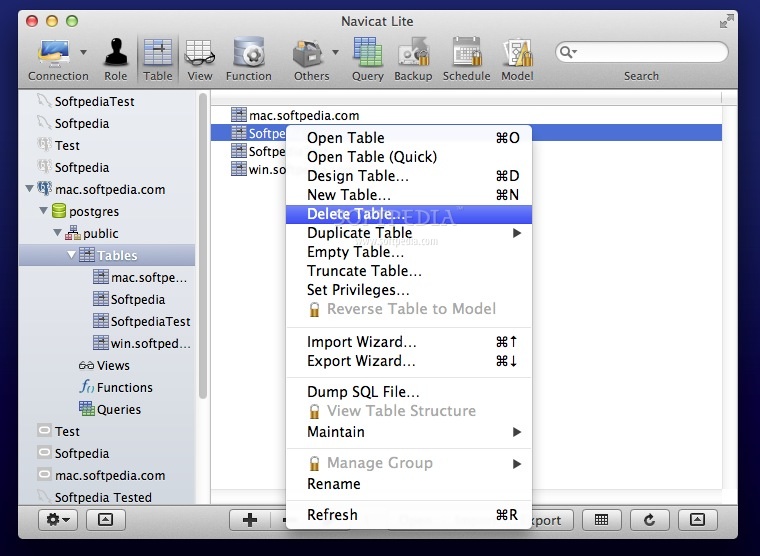Importer Mysql 2 Crack Mind
This post is a follow on from my previous post Having followed part 1, you should have a simple java application that prints ‘ok’, an ant build script, and downloaded hibernate and the MySQL connector. Now it’s time to do something useful! In this part, we’re going to create a simple class called ‘Blog’ which will store blog posts. It will have a subject, a body, and a created date.
Setting up and installing MySQL is not something I’m going to cover here, so I’ll assume you have a running MySQL server. Create yourself a database now for hibernate to use. In this example my database name is simply ‘hibernate’. Creating the Blog class Create a class to hold information about a blog post, I put this in src/uk/co/pookey/Blog.java.
First, you need an SFL4J jar in addition to those listed, to make it work. I chose slf4j-simple-1.5.8.jar which I just downloaded from the slf4j web site. Second, you probably want to change the username and password as listed in the src/hibernate.cfg.xml file. Change it to something that’ll work for your database, otherwise clearly it’s not going to work as it won’t connect to your database. The error is bleeding obvious when you hit this, mind you, but it’s worth pointing out that you.need to change the user credentials for this example to work. Third, as someone pointed out in the previous page, running “ant run” won’t work because it’ll try to load a class called events.EventManager, which doesn’t exist. Change the line in build.xml that refers to that class to this instead: That was about it.
Once I’d done those three things and followed the rest of the instructions, it all worked. It might be worth pointing out that you don’t even need to set up your database table; Hibernate takes care of that for you. Unfortunately, running the example twice will drop the table and create it again, so don’t get confused when you run it three times and wonder why there is only one entry in the table, rather than appending new entries each time.
Found a solution for the join queries. I am using MySQL DB as source.
I tried incremental with Sakila DB which comes with the MySQL installatoin. I thought I will share my experience that why lengthy response.
I apologize for the lengthy answer. My first sqoop job was: sqoop job -create myssb1 - import -connect jdbc:mysql://:/sakila -username admin -password admin -driver=com.mysql.jdbc.Driver -query ' select.
Importer Mysql 2 Crack Mind 1
from sakila.address a inner join sakila.city c on a.cityid=c.cityid WHERE $CONDITIONS' -incremental lastmodified -check-column lastupdate -last-value 1900-01-01 -target-dir /user/cloudera/ssb7 -hive-import -hive-table test.sakila -m 1 -hive-drop-import-delims -map-column-java address=String It was a straight forward join query. Select. from sakila.address a inner join sakila.city c on a.cityid=c.cityid WHERE $CONDITIONS But it gave exception: Imported Failed: Duplicate Column identifier specified: ' cityid' cityid is available in both city as well as address tables.
An Incremental Import in Sqoop is easily replicated in free form query For example let’s assume you have the following table and the last import was on “2013-01-25” (column: createdOn) which corresponds to the “id” 3 (column:id): You can import the changes/increment since that time using any of the following two “Incremental Update Import” commands (the first by id and the second by last modification date): The equivalent “Free Form Query Import” commands would be: So, if you require flexibility with your incremental import then expand/modify on the free form query above. Just keep in mind that the flag ’-m 1’ signifies that only 1 mapper will be used and jobs will run in serial form.

This can be changed as needed. For information on Incremental Imports see: For information on Free Form Query see: For advanced examples of Free Form Query Imports I strongly recommend looking.